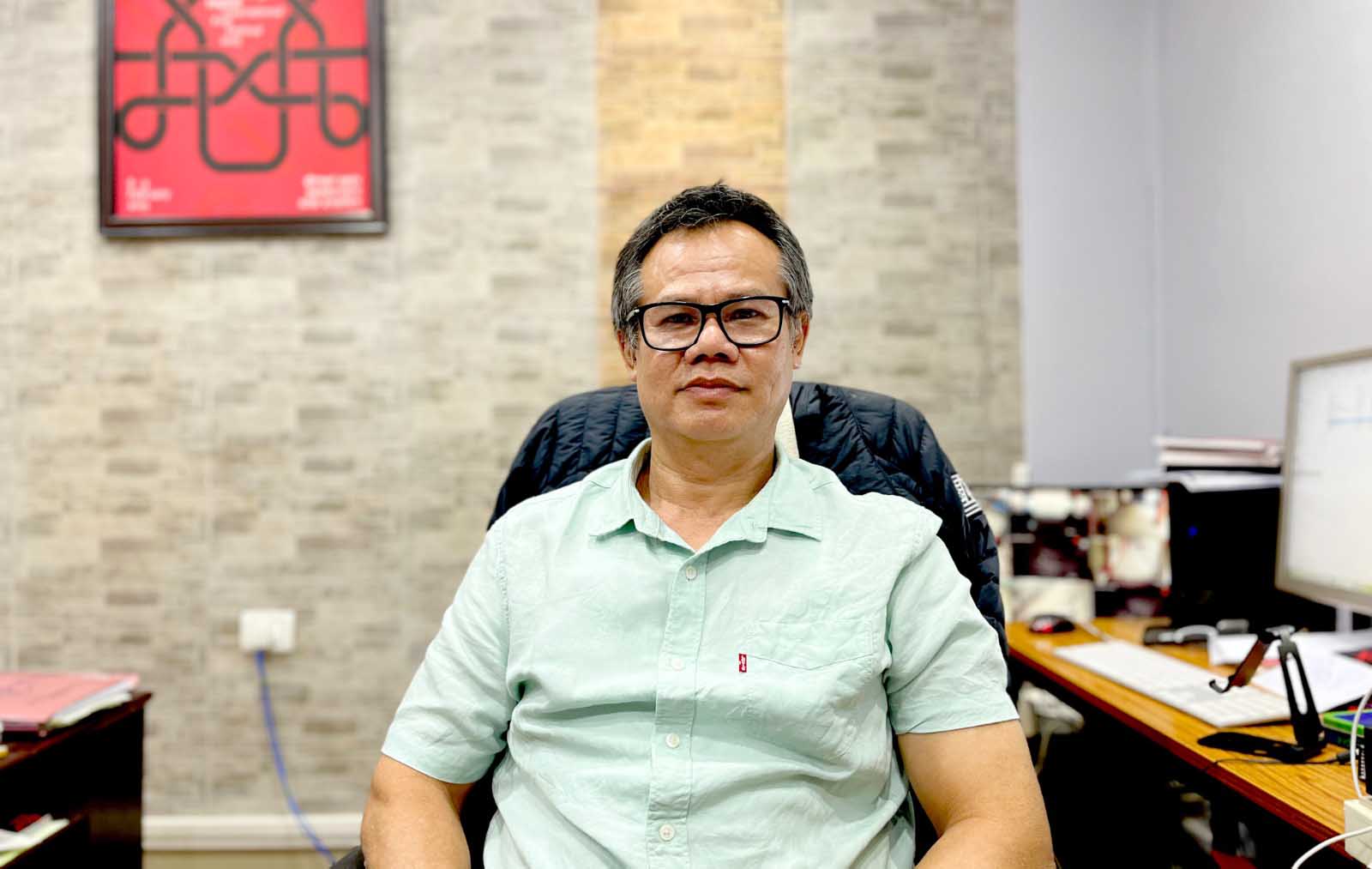The demand by a growing section of the Meiteis for inclusion in the Schedule Tribe, ST, list of the Indian Constitution is getting more intriguing by the day for it is also threatening to become another flashpoint in the endemic hill-valley friction in Manipur. The debate within the Meitei community is clear. There is a section which wants it for the benefit of affirmative action accorded to those included within this category, while there are others who are happy to be in the general category and be known for standing on their own feet, even if more challenging, without the need for props or charity from others.
Of course, those in the forefront of the demand would rather sublimate the reasons for wanting this status as essentially born out of a desire to avail the protection of their traditional land accorded by this schedule, for given Manipur’s peculiarly skewed land revenue administrative system of today inherited from the British division of “excluded”, “partially excluded” and “included” land management, they feel they are increasingly being cornered and marginalised in their own home grounds.
Whatever the truth behind this fear, the fact is there is such an apprehension, and this is what needs to be addressed and not simply brushed aside as untenable. As Prof. John Mearsheimer says in the context of the Russia-Ukraine war, acknowledging Russia’s sense of an existential threat at NATO getting too close to their border is what is most important from the point of view of conflict resolution and not so much what others think whether this fear is reasonable. His advocacy therefore has been for this fear to be addressed first if avoiding conflict is the goal.
Quite interestingly, this debate within the Meitei community on the future of their status, is now proving to be not just their concern. Communities who are already classified as ST are not merely taking a disinterested academic interest in the reasonableness or lack of it in the demand, but are making it their business as well to oppose it. Obviously, their fear is, if the Meiteis too come to be included as STs, their own share of the reservation pie would get smaller. They have also expressed concerns that if recognized as STs, the Meiteis would break the British barrier of “excluded” and “included” and begin settling in the hills. Again, whatever others think of the reasonableness of this fear or the lack of it, this apprehension too must be taken cognizance of and addressed by the same logic that Prof. Mearsheimer advocates.
Meitei insecurities
The debate within the Meiteis first. The stated objective of their ST demand is preservation of their traditional land, but also to end marginalisation in the top rung government job market. Even presuming these fears will be addressed by the ST status, some of the questions which should still be asked are:
One, are there also other means available to address the same problems. For instance, the three land bills which had ultimately to be dropped because of strong objections from communities in Churachandpur district and portrayal of them as anti-tribal, could be reworked to make them applicable only in the revenue valley districts. As a matter of fact, when the original three bills were being worked out, in some of the consultation meetings with government authorities, I had proposed this on the plea that the hills were already protected and what was left needing similar protection at the time were the valley districts. The suggestion was not taken, not entirely because of government obduracy, but also because of pressures from CSOs with grandiose ideas of one state one law etc. Now that the reality is much more distinct, this option could be reconsidered.
Two, if the benefits of job reservation are also to be considered, the question to be asked is, how many new jobs will become available thereafter. Can this at all be a solution to the state’s unemployment problem. This is especially so after considering the pledge that state government jobs reservation pattern is to remain as it is.
Cost of backward march
The third important question which should also be asked is, will there be costs coming with the benefits. The fact is, choosing ST status also is about choosing to regress into the past and not look to integrating with the future. There are so many places modern economic and development paradigms have failed in such scheduled areas and these need to be given a thought too, hence, even if ST status comes to be accepted for the Meiteis, these loopholes will still need rectification. One example which is currently a hot issue will illustrate this.
Take the case of forest management. How can the state under the Indian Forest Act, invest in any forest where the state cannot have a stake in its use or upkeep? Would anybody, government or individual, want to invest in plantation work when it is known the investor can do nothing about trees thus planted being felled at will later by others. It is also imaginable, when these structural anachronisms result in development disparities, there would again be hues and cries of discrimination and shifting of blames for this to others.
Indeed, this must be one of the cruellest paradoxes of today. Communities out of their insecurities want to be left untouched in their respective museums, but when those outside these museums begin to take better advantage of the modern system, they are again left angry at their own state of deprivation. These are however only suggestions to consider carefully these troubling questions before taking the leap. But there is no doubt that a real insecurity exists amongst the Meiteis and this insecurity needs to be addressed.
Insecurities of hill communities
What about the insecurity of those already included in the ST list about the Meitei’s ST demand:
One, it is about the possibility of their own reservation slices getting smaller with more to share from the same pie. If the reservation norms in the state government is to remain where they are, there should be little to worry about this at least, for the reservation in the central pool of jobs is a different pie altogether.
The other frenzied fear being worked up amongst tribal groups by vested interests amongst their elites is that traditional tribal lands will be compromised if Meiteis also become STs. This is one of those sinister subterfuges which can create a public hysteria but is at its heart hollow of meaning. Take the case of the already existing ST communities like the Kukis and Nagas. Both being STs, each should be allowed to settle anywhere in the hills reserved for STs. But in reality, can Kukis for instance go and establish a new village next to Ukhrul or Talui? The vice versa question is equally true. Will Nagas be free to establish a new village at Churachandpur or Pherzawl? If this comes to be allowed, it will only be with the consent of those already settled there. This will be probably true even within Naga or Kuki communities. Hence it is unlikely a new Zeliangrong village can come up near Kamjong or Kasom Khullen.
This being so, the logic that if the Meiteis become STs, they will grab hill lands everywhere is ridiculous. In any case, for Meiteis, given their ingrained aquatic culture, be it in matters of agriculture or worship, the valley has always been and will probably always be the preferred place of settlement for a long time to come.
ST status as temporary measure
The harsh irony is also that the ST status in India were meant as a temporary measure. This should makes sense to those who believe not only in the idea of biological evolution, but also equally in sociological/anthropological progression. However, the reality is, not only those already within the ST category do not want to leave, but now an increasing number of those outside the category are demanding to be within what should already have been in the territory of history.
This indeed is a unique example of sociology/anthropology progression in the reverse. Evolution in this environment is no longer about a forward march to the future, but an illusory and deceitful backward march to the past.
But if truthful anthropological consideration were to be taken, there would actually be very few who can still qualify to be tribal in the real sense in the entire Northeast, not just Manipur. These anthropological criteria would include a life as hunter gatherer and subsistence agricultural practices. Rudimentary social and political organisation among those in the category, not extending beyond immediate families or clans or at best village. Often, they would also be habituated to migrate in the hunt for better food abundance.
Correspondingly, their cosmology too would be limited to ancient pantheistic nature and spirit worships of different kinds. Obviously, such communities are shrinking in modern times and Manipur is no exception. But vested interests are not easy to get rid of, and elites in the ST category who have had the best of the modern world, be it in education, job, intellectual outlook, religious affiliation etc., still are given to cite the anthropological argument to keep others away from the category, but for themselves, they prefer the false genetic and racial categories of tribal so that their progenies will continue to enjoy all the privileges.
Perhaps it is time for the introduction of the creamy layer criteria in ST reservation too so that those who already have their hands on the best handles available in the modern world economy are no longer entitled to ST benefits. This will be good for the communities they belong too, for then those in the lower rungs of these ST societies can have better opportunities to avail of the benefits of affirmative actions meant for the community once the monopoly of their elite is eliminated.
Furthermore, the growing sense of injustice among those not included in the ST category in witnessing those who were exposed to equal or even superior educational institutions and economic circumstances continuing to be given a headstart not only at the entry points of government jobs but all throughout their careers in matters of promotional avenues, tax exemption etc., will also be put to rest. This is to say those who wish to continue to call themselves tribal even after leaving their tribal economic and social circumstances should be free to do so, but this should not automatically qualify them to be STs as well. This principle should also be applicable if the Meiteis too get to be included in the ST category.
Two layered governance structure
In the meantime, it is time for all to give a serious thought to the idea of a new administrative structure in the state. The philosophy of unity in diversity that modern India’s founding fathers adopted and on which foundation they built India’s political structure, should be seriously considered as a model for Manipur’s own conflict resolution recipe. As in the case of Meghalaya, Manipur too could be organised as three autonomous regions, North, Central and South, roughly corresponding, but not as watertight compartments for Naga, Meitei and Kuki aligned communities. In this, Imphal municipal area as the capital of the state could be left as cosmopolitan region for all to access or live in, again in the manner Shillong municipal area is, in the case of Meghalaya. Governance will then be two-layered, one for the whole state and the other for each of its regions, with shared responsibilities as between the states and the Union of India specified in the 7th Schedule of the Constitution. If the hill communities feel the need for more autonomy for themselves, it must also be acknowledged the valley communities too need some exclusive space for themselves where they can be themselves without the guilt of possibly offending the sensibilities of other communities.













1 thought on “Time to Delink Tribal and Scheduled Tribe, the Two Must Cease to be Treated as Synonymous”
3 divisions of kuki naga and meitei, where will the chothe, Aimol, koireng, kom, chiru,etc. reside?
2) ST reservation pie, he said, what pie?
Just looking at how many STs are there in the government posts across the state will reveal the ‘pie’
Looking at the constituent MLA seats in the state will reveal that ‘pie’
the total percentage of funds allocated to the hills will reveal that pie
he said no kuki or Naga will be able to build a village around the other’s territory, that has happened multiple times and hence the major land issues across many villages some of whom this same government demolished
And also, the ground reality about jobs is that, there are far more UR, Obc and SC jobs across the state and country and that is a bigger reservation pie and those are exclusively ‘reserved for the meiteis in the state. Not sure what he means when he says jobs are being eaten away by ST reservation. In fact, becoming STs will in all likelihood reduce their own job prospects
Comments are closed.